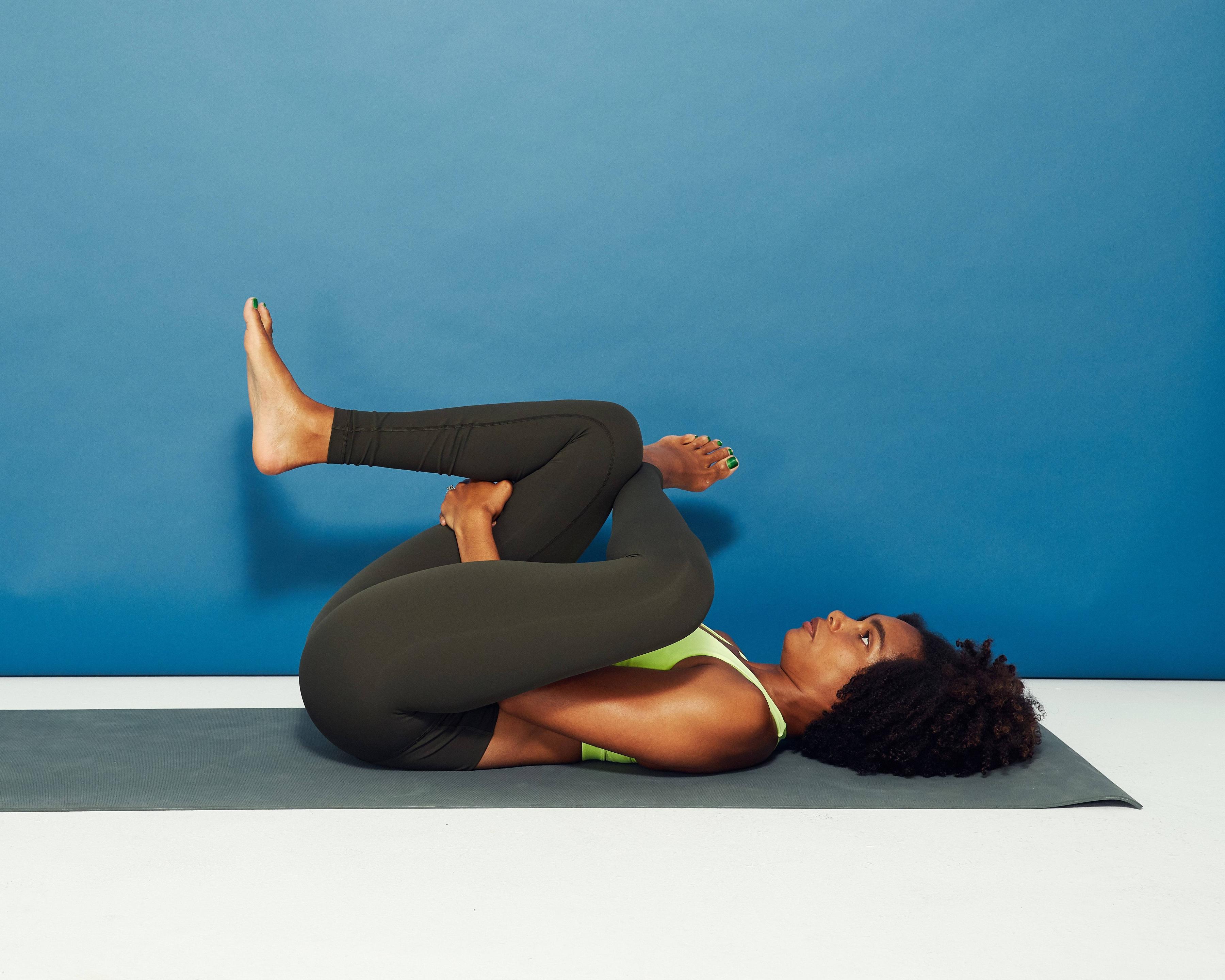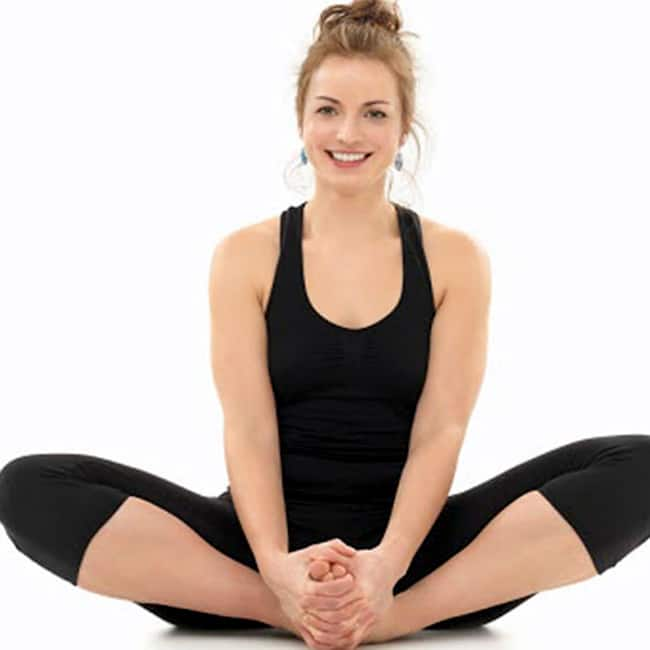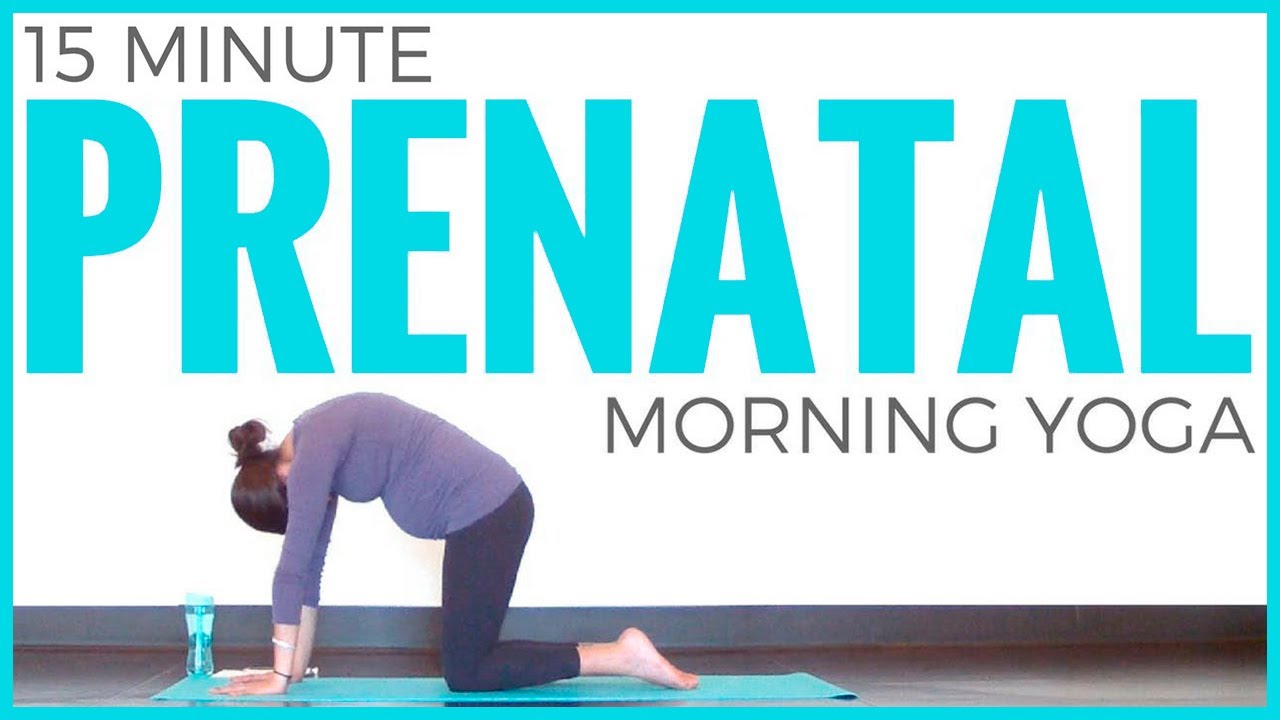
While practicing yoga, knee pain is a common problem for many people. Although it may sound counter-intuitive, it can be the perfect therapy for your particular condition. Outside Learn is an online education portal that offers in-depth courses on yoga, nutrition, and fitness. Click on the links to find the right class for you. You can choose a class that is convenient for your schedule and levels of pain.
The butterfly pose is one of the most well-known yoga knee pain exercises. The butterfly pose, which is a seated position, requires that the soles of your feet are together and the knees are bent wide. This exercise helps to strengthen the hip flexors and groin. To avoid further stress on the knees, you may choose to perform this exercise with slightly bent or straight legs. If you feel discomfort, switch sides to prevent straining your knees.

The micro-bend in your knee is the key to making a yoga workout safe for your knees. This posture avoids hyperextension and ignites the muscles surrounding your knee, which increase strength and flexibility. You can use the lunges to relieve knee pain. But be gentle with your body, and adjust if necessary. Although yoga can't provide a quick fix for your pain, it can help you reduce it and maintain good health.
If you have knee pain, the best yoga pose for it is the kneeling pose. You can do it on towels, blankets, or blocks. You can hold the position by pulling your calf muscles forward and securing your hips between you ankles. Pull your buttock flesh back and lift your knee up. Hold this position for five to 8 breaths. You can hold the position for longer if you are able.
A knee-healing stretch is one of most effective ways to stretch your knees. This pose puts pressure on the knees and can strain ligaments. If you have sensitive knees or joint pain, it is best to avoid this position and consult a doctor if needed. If you have a previous injury, consult with your doctor for a proper diagnosis and treatment. For your knee, yoga is an excellent option to strengthen your body.

Some yoga styles can cause knee pain. You should avoid placing pressure on your knees by avoiding asanas. However, you can modify these poses in order to reduce pressure on your knees. A yoga block is a good option to relieve the pressure and pain in your knees. You can use the blocks to maintain balance in your pose. You can modify certain asanas to help you if your knee is injured. Contact a doctor immediately to prevent discomfort from happening during yoga.
FAQ
Is it true?
Protein helps maintain healthy bone and tissue. Over-consuming protein can result in calcium being excreted through the kidneys. This can cause kidney stones.
It is important that you note that not all people develop kidney stones when they consume more than 2 grams of protein per kg (2.2 pounds). It is possible to eat high levels of protein without developing kidney stones.
By watching how much sodium you consume, kidney stones can be prevented. Sodium is important for maintaining the body's water balance. Too much sodium results in a higher risk of developing kidney stones.
If you have kidney stones, you can reduce your intake of protein. About half of adults' daily caloric intake is made up of protein. Reduce your intake of protein and you will likely lose weight.
If you do decide to eat more protein, don't go overboard. Aim for less than 20% of total calories from protein.
What's a good routine for a daily workout?
To stay fit, you need to exercise regularly. It doesn't make a difference what kind of activity you choose. As long as you do it often, it will be beneficial. Consistency is the key. If you want to achieve results, you must stick at it for an extended period.
Start by doing small amounts of daily physical activity (like walking). Increase the time you spend exercising each day until you can do 30 minutes. You can do this running, swimming weight training, yoga or aerobics classes.
It is important to exercise every day of the week. If you have a reason to miss a session, don't skim it.
You should wear the appropriate clothing and footwear if you are exercising outdoors. Also, consider weather conditions and how they might affect your ability or safety while exercising.
When you exercise, make sure you are drinking plenty of water. Drinking alcohol at this time can lead to dehydration. Caffeinated beverages such as tea, coffee, and cola should be avoided. These drinks may give you energy but also dehydrate your body.
At first, it's normal to feel tired after you finish your exercise routine. You'll feel more energetic and refreshed if you keep going with your exercise program.
What dietary supplement is best for weight loss?
Weight loss requires diet and exercise. Some people find that certain supplements are helpful.
Studies have shown that omega-3 fatty acid may be beneficial in weight loss. Omega-3 fatty acid is an essential fat that is important for brain function as well as cell membrane integrity. They can be found in seafoods like salmon, tuna or shrimp, as well as cod liver oil.
Research suggests that green tea may be beneficial in weight loss. Green tea is rich in catechins, antioxidants which may boost metabolism and aid weight loss.
What is the best exercise for men over 40 years old?
Older men will find that the best workouts give them more energy as well as improve their stamina.
It is important for you to know that over 40s experience a reduction in testosterone which can lead to lower sex drive.
This does not mean that you should stop engaging in physical activity. Studies have shown that some men can get more testosterone from regular aerobic exercise.
Aerobics can be a good way to improve your sexual performance.
Is it possible to go to the gym every day of the week?
Yes, you can go to the gym seven days a week but not all at once. It is important to find a time and place where you can exercise without feeling tired or exhausted.
This will help you remain motivated and have more energy to do other activities.
Also, ensure you eat healthy during these times. This will make it so you don't feel tired or sluggish while going to the gym.
Last but not least, ensure there are no other people competing for your time. For example, if you have children, you may want to avoid exercising on school nights as they will distract you from your workout.
Statistics
- By John Thompson Take a whopping 38% off a set of PowerBlock Pros. (menshealth.com)
- Get free shipping and 25% off today. (healthline.com)
- An estimated calorie range for moderately active adult males falls between 2,200 to 2,800 calories per day, depending on age. (eatright.org)
- According to the American Academy of Dermatology (AAD), men over 50 are at a heightened risk of developing it. (healthline.com)
- The PRS enabled risk stratification for overall prostate cancer and lethal disease with a four-fold difference between men in the highest and lowest quartiles (HR, 4.32; 95% confidence interval [CI], 3.16-5.89). (pubmed.ncbi.nlm.nih.gov)
External Links
How To
How do I lose fat by exercising?
Exercise helps you lose calories by increasing your metabolism and oxygen intake.
Moderate intensity exercise is a safe way to lose weight.
These are the top tips for burning fat while you exercise.
-
Cardio exercises can include running, walking, swimming or cycling.
-
Three times per week, exercise for 30 minutes.
-
If you want to lose more weight, add strength training to your routine.
-
Avoid doing intense exercises. It's possible to build muscle, but not lose it.
-
When exercising, make sure to drink lots of water. Water flushes out toxins and helps keep the body hydrated.
-
After working out, drink low-fat protein shakes. Protein shakes help repair muscles and boosts energy.
-
Eat smaller meals throughout the day, so you don't feel hungry between meals.
-
Don't skip breakfast! Skipping breakfast can cause you to feel tired and sluggish.
-
Mental health is important. Stressful situations can slow down metabolism.
-
Keep a positive attitude. Studies show that overweight people are more likely to be obese than those who perceive themselves as attractive.
-
Get enough sleep. You will have a harder time losing weight if you do not get enough sleep.
-
Be active. Keep moving every hour.
-
Maintain a healthy diet. Eating right keeps you feeling full and satisfied longer.
-
Find relaxation techniques. An anxious mind won't allow your body release stress hormones, which can lead to the destruction of muscle tissue.
A balanced diet includes all essential nutrients needed for growth and development.
Six small meals per day is better than three large meals. This gives your body time and energy to process the food.
You need about 500 milligrams of calcium daily to maintain strong bones. Calcium is available in dairy products like milk, yogurt, fortified soy beverages, orange juice, cereal, bread, and cereals.
Calcium comes from leafy green vegetables, beans, tofu, nuts, seeds, and cheese.
Your body needs vitamin D to absorb calcium. Vitamin D can be found in egg yolk, fatty fish, and other fortified foods.
Vitamin E is important for skin health. It's found in vegetable oils, wheat germ oil, peanuts, almonds, sunflower seeds, and corn.
Your body requires zinc for normal immune function and wound healing. Zinc can also be found in legumes, oysters, meats and whole grains.
Zinc deficiency could cause fatigue, nausea, vomiting, and depression.
Sugar intake can lead to insulin resistance which causes blood glucose levels to rise. Insulin resistance causes weight gain.
High levels of free radicals can lead to insulin resistance. Free radicals are molecules that have unpaired electrons, which can cause damage to cell membranes or other parts of your body.
Free radicals come mainly from food additives, pesticides, herbicides, preservatives, smoking, air pollution, radiation, chemicals in cosmetics, lotions, and household cleaning supplies.
Free radical damage can lead cancer, heart disease or diabetes, arthritis, asthma, or other forms of aging.
The best way to avoid free radicals is to eat a balanced diet high in antioxidants. Antioxidants protect against oxidative damage.
Vitamin C, beta carotene (found within citrus fruits, carrots, sweet potatoes and spinach), Vitamin E (found inside nuts, olive oils, avocados and eggs), and Vitamin C (found among mangoes.
Other antioxidant nutrients include selenium, copper, manganese, and zinc.
Selenium protects cells against oxidative damage from free radicals. Selenium is also found in Brazil nuts.
Copper protects eyes, brain, lungs and red cells. Copper is also found in poultry, meat, and organs.
Manganese plays an important role in bone structure. Manganese can also be found in oatmeal, brown rice, spinach and bananas.
Zinc is required for normal growth, reproduction and wound healing. Zn is found in lean cuts of meat, white fish, poultry, and eggs.